You may not think much about your electric bill payment every month. And if you do, you might think that is just the cost of living / doing business, right? Not exactly. Take a moment to think the energy you are likely paying for that room in your home/office no one ever uses, and you’ll definitely want to learn how to avoid these to reduce your energy costs.

By following simple steps to increase the energy efficiency at your businesses, you can lower your electric bill by hundreds to thousands of dollars every month. Here are a few simple changes you can make that can add up to short-term and long-term energy savings.
1. Get an energy audit
Energy audits can help you figure out where your money is going every month, how to increase energy efficiency and how to lower electric bills.
2. When not in use, turn off lights and equipment
This sounds very obvious, but you will be surprised to know many people do not do this and the amount of energy all those computers, monitors, printers and other devices consume while sitting there unused but still left on. By making sure they are in “sleep mode” or turned off completely overnight, you will not be paying for electricity you are not even using. One tip is to plug all these energy hogs into a single power bar, so you can turn them off at the same time on your way out the door. Also, make it someone’s nightly routine to take a quick tour of the offices and flip the OFF switch on idle equipment.
3. Take advantage of natural sunlight as often as you can
Let the sunshine in! Open the blinds around to make the best use of daylight—and take advantage of skylights or other natural light sources to reduce your lighting needs during daytime hours.
4. Install long-lasting LED bulbs
Replacing a single 60-watt incandescent bulb with an 8-watt energy-efficient bulb that is on for 10 hours a day can easily save a $1 or more each month. Multiply that out to an entire year—and by the hundreds (if not thousands) of bulbs in your business—and you’re talking about some serious savings. LED light bulbs not only use at least 75% less energy, and they also last 50 times longer than the average incandescent—up to 20 years – reduce the maintenance cost.
5. Use motion detectors and automatic dimmers that adjust to your needs
Lighting accounts for almost 20% of the electricity used in U.S. commercial buildings. Hence being a little bit smarter about when, where and how you use the lighting in your building(s) can add up to big savings. Consider installing motion detectors in hallways, meeting spaces and other places where “always-on” isn’t always needed—along with automatic dimming controllers that measure and adjust to the light levels you actually need.
6. Install programmable thermostats, and use them wisely
A programmable thermostat gives you the power to automatically adjust the temperature of your workplace when no one’s there. Set yours to turn the AC or heat on 30 minutes before people arrive and off 30 to 60 minutes before they leave. In warmer weather months, it’s a good idea to set your thermostat no lower than 78 degrees during office hours in order to reduce energy use. Then, during cooler weather periods, set your thermostat no higher than 68 degrees.
Keeping your office temperature just 1-degree cooler during winters and 1 degree warmer during summers can reduce the power you use by up to 10%!
7. Keep the heat in or out with screens, film and weather-stripping
While you might think that gentle breeze from your room window isn’t a big deal, it’s really money and energy flying right out the building—and it’s too easy a fix to ignore. Add or replace weather-stripping, caulk or foam around your windows and doors to save energy. Windows also let in the sun’s light and heat, which can make it more expensive to cool your office in warmer weather. Luckily, there are plenty of window treatments that can help you to reduce heat gain and increase energy efficiency, including solar screen window shades, awnings and high-reflectivity window films.
8. Purchase energy-efficient office equipment
When you need new equipment/appliances, be sure to look for the Energy Star logo. Energy Star-labeled fridges, washers, dryers, computers, monitors, printers, fax machines, scanners and copiers can run much more efficiently and automatically power down during extended inactivity. That can help you save 50% or more in energy use on these power-hungry devices. And, if your old heater or air conditioner is not working at maximum efficiency, it could draw unnecessary power, which also costs you money. Replace any old heaters and AC units with Energy Star models.
9. Consider alternative and renewable energy sources to help power your business
Using commercial renewable energy sources, such as solar and small wind, to power some or all of your business can help lower your business energy costs over time. Doing so also generates power that’s free of harmful CO2 emissions and other greenhouse gases. Based on a number of factors, there may never be a better time to invest in solar (or other sources of clean energy) to get the energy your business needs while paying less over the long term.
10. Keep your HVAC systems running smoothly
Change the filters on your HVAC equipment regularly, and make sure to have the units inspected and cleaned as often as recommended. Keep the areas in front of all vents clear of furniture and paper. As much as 25% more energy is required to distribute air if your vents are blocked.
If you are wondering how you can reduce your energy cost, we can help you from energy audit to implementing energy efficiency solutions. Request for your Free Energy Consultation at our website or give us a call at 416-855-9377. We are one of the top energy companies providing solutions that are second to none. We provide energy optimization, solar plus storage hybrid energy solutions across Ontario including Markham, Vaughan, Toronto, Mississauga, Burlington, Oakville, Brampton, Ajax, Pickering, Whitby, Oshawa, Caledon, Stouffville, Richmond Hill, Newmarket, Aurora, Milton, Georgetown, and the Greater Toronto Area (GTA).






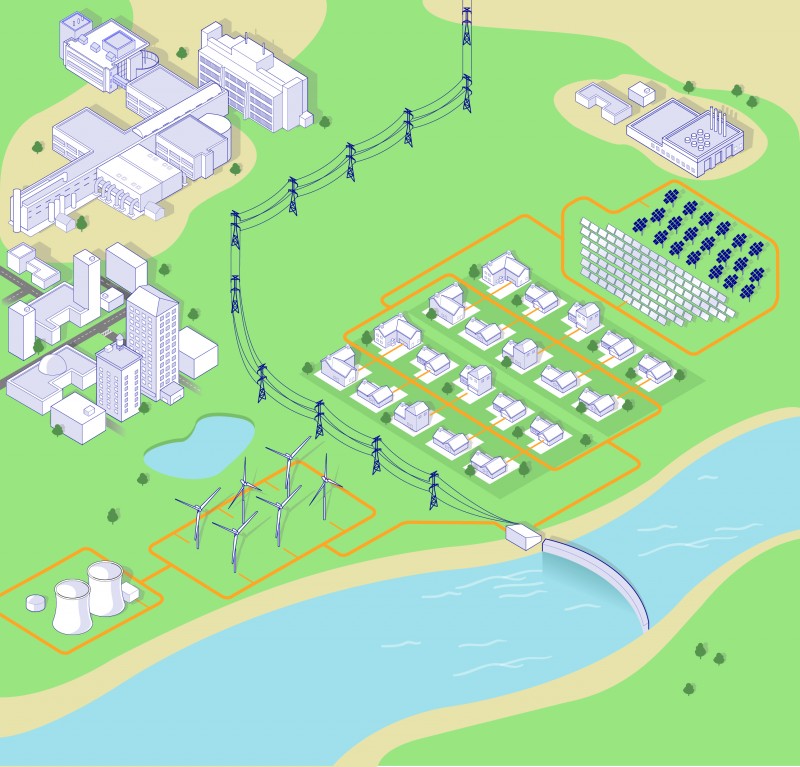
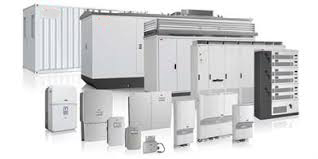
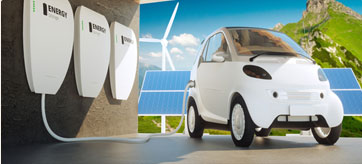


 There are many different energy storage technologies – mechanical, pumped storage, thermal – molten salt, and chemical-batteries. Each type of storage has unique characteristics that differentiate them from others, as well as the types of power sources with which they can be integrated.
There are many different energy storage technologies – mechanical, pumped storage, thermal – molten salt, and chemical-batteries. Each type of storage has unique characteristics that differentiate them from others, as well as the types of power sources with which they can be integrated.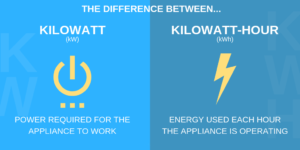 People looking for solar options often puzzled with terms kilowatt and kilowatt-hours. Electricity used is measured by kilowatt hour and the solar power systems are sized in kilowatts. This is where questions often come about kilowatts and kilowatt-hours.
People looking for solar options often puzzled with terms kilowatt and kilowatt-hours. Electricity used is measured by kilowatt hour and the solar power systems are sized in kilowatts. This is where questions often come about kilowatts and kilowatt-hours.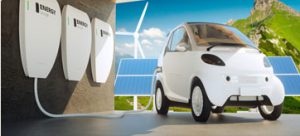 Why Install Batteries?
Why Install Batteries?  Incorporating energy storage into a solar array is not as easy as just picking a battery off the shelf. Certain chemistries work better in certain environments and storage capabilities are influenced by the solar application.
Incorporating energy storage into a solar array is not as easy as just picking a battery off the shelf. Certain chemistries work better in certain environments and storage capabilities are influenced by the solar application.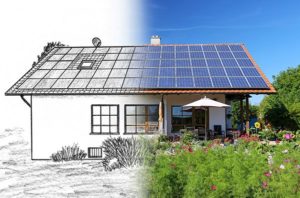 Further research finds that homes with solar PV system have sold for a premium, expressed in dollars per watt of installed solar PV system. Homes equipped with solar power systems on average sell for 3.74% more compared to non-solar properties. Solar energy is a guaranteed investment that pays for itself. Any upfront costs are paid back from the energy cost reduction (or elimination), and appreciation of property value. Solar customers can expect to see at least 2-3 times return of their initial investment over the life of the solar system.
Further research finds that homes with solar PV system have sold for a premium, expressed in dollars per watt of installed solar PV system. Homes equipped with solar power systems on average sell for 3.74% more compared to non-solar properties. Solar energy is a guaranteed investment that pays for itself. Any upfront costs are paid back from the energy cost reduction (or elimination), and appreciation of property value. Solar customers can expect to see at least 2-3 times return of their initial investment over the life of the solar system.